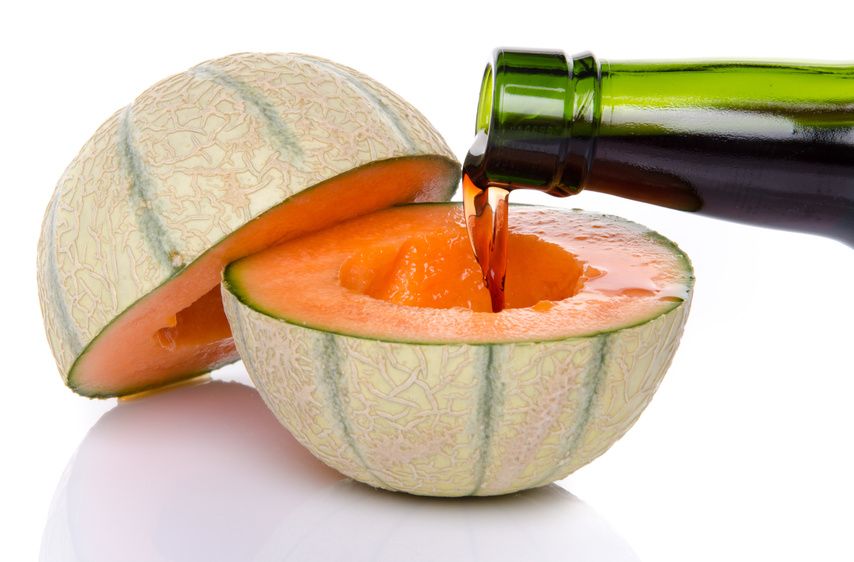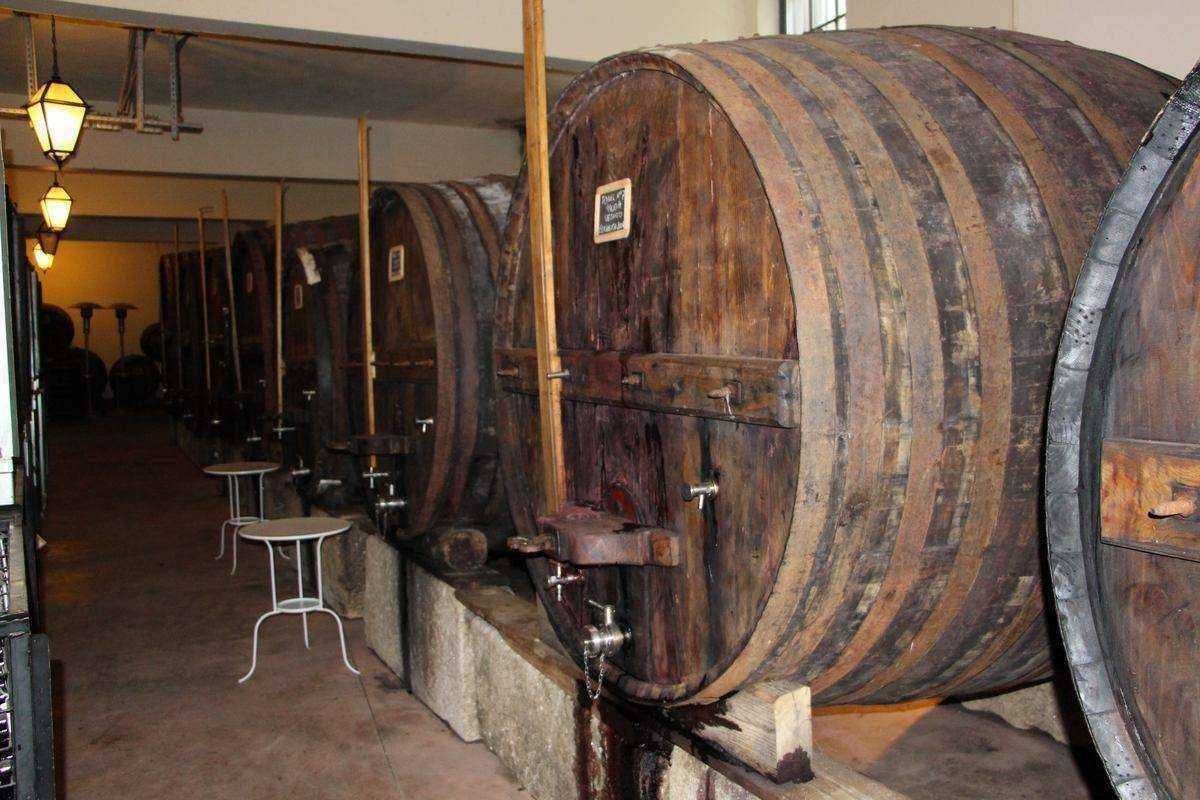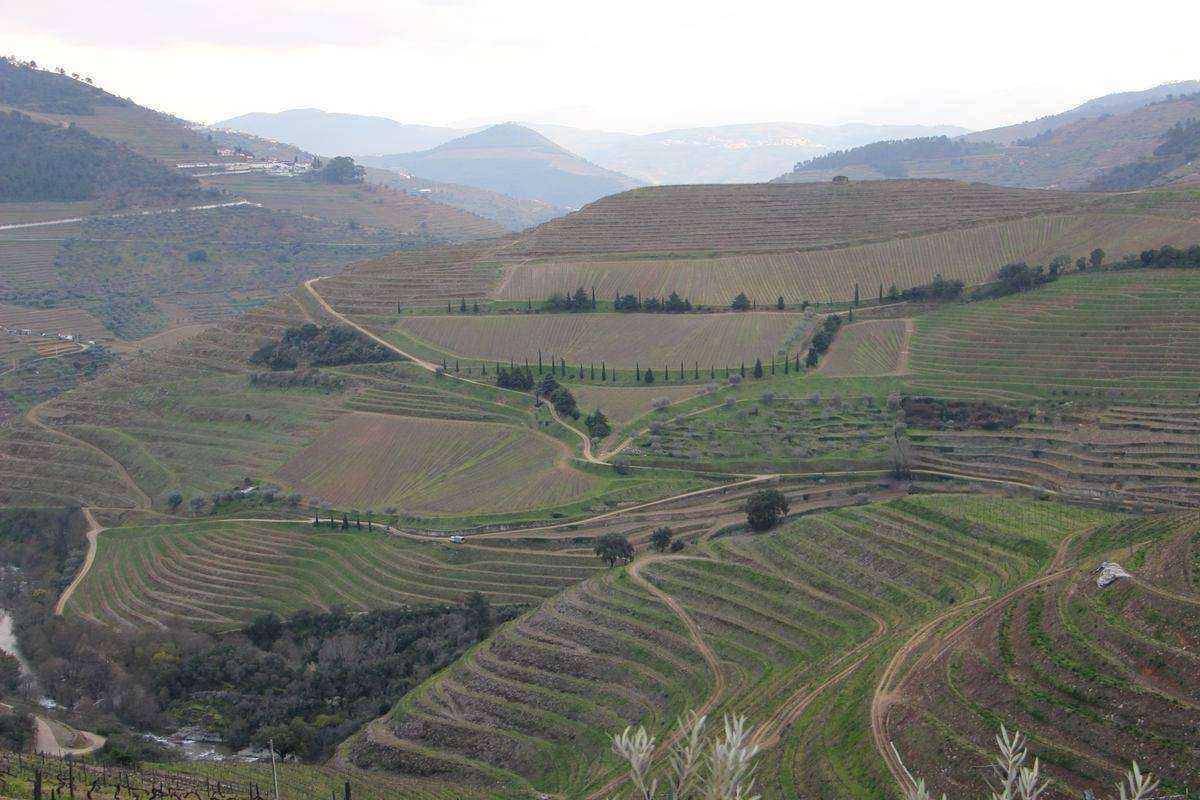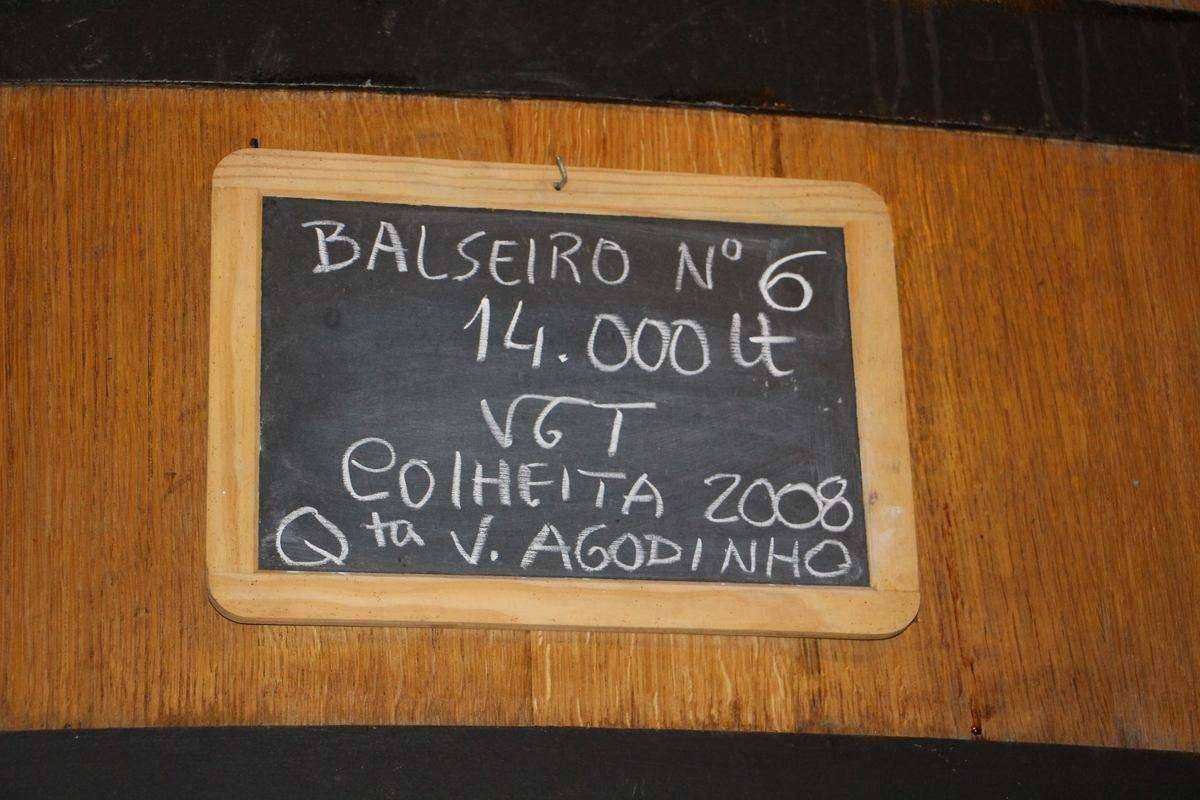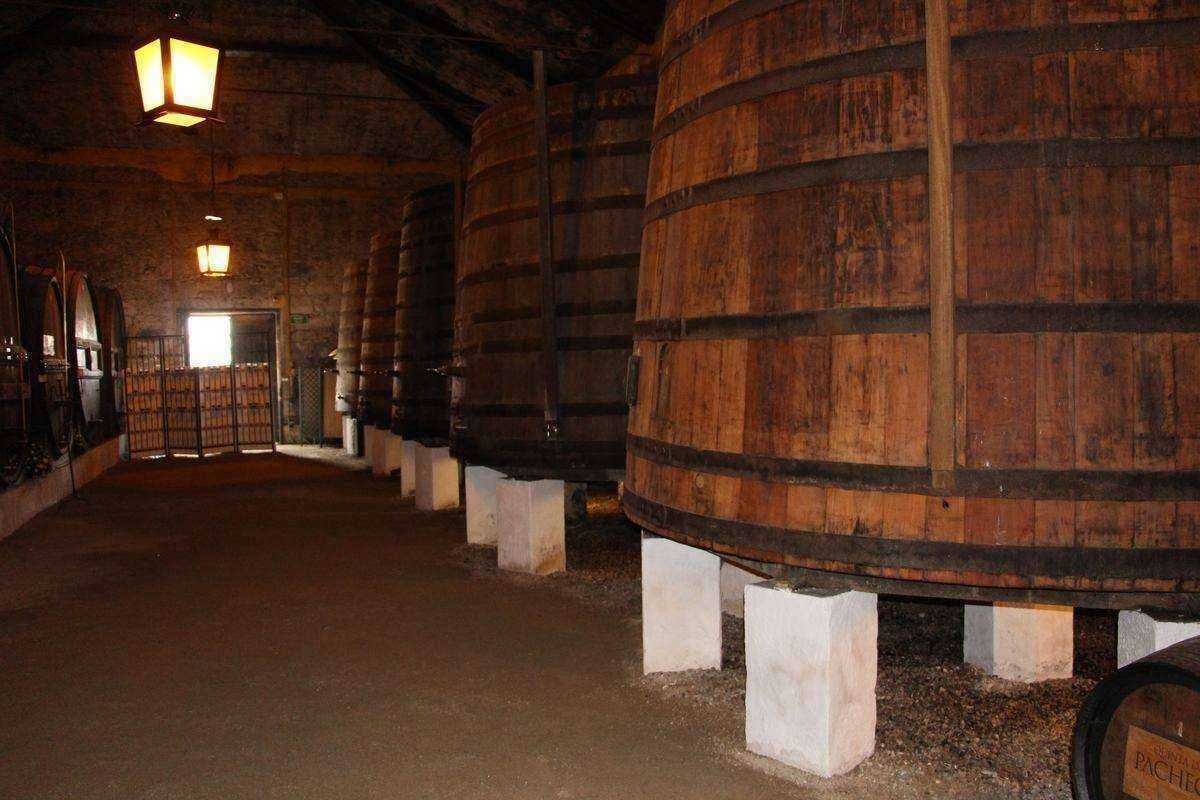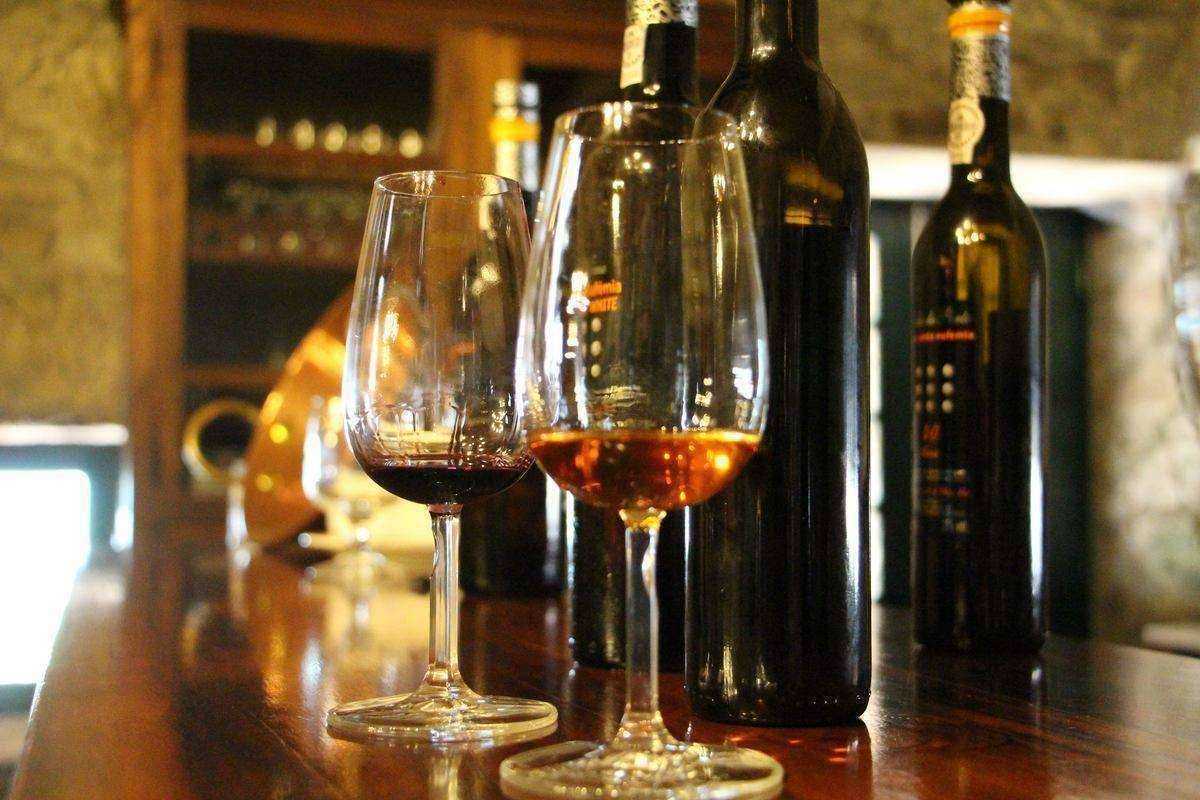What is the percentage of alcohol in Port wine?
IT IS BETWEEN 16% AND 20% ALCOHOL!
Port wines today have alcohol percentages between 16% and 20%. That's between 4% and 6% more alcohol than in traditional wines. Port wine starts out like any other wine, produced by a classic wine making process!
What is the percentage of alcohol for each type of port wine?
I would say that as Port wine enthusiasts, we must seek perfection and seek out, from every category: White, Ruby, Tawny, a balance that best suits the occasion. If the port is to be drunk as an aperitif (a white Lagrima, Dry or Tawny) it should have a low percentage of alcohol close to 16%; I prefer the port that accompanies a meal (Late Bottled Vintage, Vintage and a Tawny which has been aged for 10 years, 20 years or 30 years)has a higher percentage of alcohol, closer to 20%, reflecting the structure and complexity required of these wines.
WHY SUCH A HIGH PERCENTAGE OF ALCOHOL?
Brandy is added as a stabiliser: The discovery of the stabilisation of red wines has is its origins in the monasteries. It was borne of rendue the need to transport the wine along the Douro and the accompanying difficult conditions, which could damage the wine.
It's said, with no evidence, that the process was discovered when two Englishmen traveling near the monastery of Lamego met the abbot. The monk added brandy during the grapes fermentation, this not only had the effect of stopping the fermentation process(by killing the yeasts that are responsible), but also conserved some of the grapes' natural sugars. The wine was therefore stabilised. Port wine was born. In the end, no one knows if it was the vagaries of history that led to the appearance of Port... or divine intervention.
The discovery of the stabilisation process for red wine resulted in the creation of a new wine: PORT. Port wine was then able to make the difficult voyage down the Douro River as well as travelling around the world while still maintaining its qualities, or even experiencing an improvement.
Every winemaker, therefore, had the ability to produce, in greater or lesser quantities, White, Red or Tawny Port. Each category of Port has a different alcohol content, making each one unique. These new measures allowed producers to both store the wines with its characteristics remaining unchanged and at that the same timeallowing them to wait for a fair selling price , thereby rewarding their efforts.
As a a matter of interest,a 1720 viticulture publication advised the addition of 13.6 liters of brandy per 550 liter barrel of wine, that amount has increased over time - today there is slightly less than 50 liters of brandy per barrel.
HOW WAS THE PERCENTAGE OF ALCOHOL IN PORT WINES DETERMINED?
Through experimentation. After discovering the stabilisation process, which gives port a 16% alcohol content, it was then necessary to identify the best percentage of alcohol for each category of Port..
As a precaution or by choice, depending on what was desired.
Remember that each producer could decide how to process his harvest and develop his Port. And since the brandy used in making Port wine has always been expensive , it forced him to think carefully before choosing the percentage of alcohol to be added, as such a decision had a direct impact on his purse.
No less important is the question of the quality of the brandy to be added. While it's easy to understandthat the brandy directly influences the quality of the final product, some producers had to have considered using a less expensive brandy, not to mention the possible malpractices committed by brandy merchants...

THE OPINION OF A PORT WINE CONNOISSEUR:
The preference for Ports with high alcohol content has decreased over time, and today's consumers often choose wines with less alcohol. In my opinion, we must not allow fashion to lessen a product, it's better to drink less quantity but higher quality. While certain wines from certain categories of port having lower percentages of alcohol makes sense, I do not believe that the great Ports, especially Rubies such as Late Bottled Vintage or Vintage, should have lower percentages of alcohol, which would be detrimental to a long and vigorous aging. It makes sense that there there be room for several alcohol percentage options in the different categories of Port and that every consumer find the Port that suits him best.
PORT WINE: A WINE WITH ITS ORIGINS IN THE CONVENTS AND MONASTERIES
Monasteries have always been wine producers. If examples are needed, remember Father Dom Pérignon's creation of champagne or the role played by monks in the development of the Burgundy's vineyards. The monasteries were the only one with enough money to be able to purchase expensive equipment necessary to conduct research.
At the time, the remote and inaccessible convents and monasteries were the only places preserving this knowledge. These were the only places where three essential factors came together: knowledge, economic power and the ability to disseminate information. To be honest, we must add another factor, the time available for research, which is an empirical necessity.
THE ALTO DOURO, WHERE PORT WINES ARE PRODUCED, IS THE ONLY WINE GROWING REGION IN THE WORLD KNOWN AS A UNESCO WORLD HERITAGE SITE
The subject of Port is a very difficult one to study, as there is so much to discover and experience. Connoisseurs of Port wines who delight in a good Tawny, Ruby, Late Bottled Vintage and of course a Vintage, know all the more about what I'm talking after they've had the chance to visit the vineyards of Alto Douro.
In fact, whoever has the privilege of visiting the Douro, the only region in the world where port is produced, will be forever marked by the landscape: mountains carved by the the winemakers and their livelihoods, pyramids of shale erected on terraces and covered with vines,a powerful sight, almost superhuman and irresistible...
These magical places stimulate the imagination and send us back in time, where we see how, without modern channels of communication, difficult life was a few centuries ago. We cannot forget to ask ourselves how Port came to be. How was Port created? How did it come to be?
Everyone knows that "necessity is the mother of invention." The Portuguese wisely knows this and add "whoever does not work, does not eat". This is probably the most honest answer that can be given, as well as the one containing the most common sense. I will discuss how Port came to be.
A WINE THAT IS MORE DIFFICULT TO SELL THAN TO MAKE!
Allow me to state the first question that comes to mind.How did these peasants, who had been producing wine from time immemorial, transport their goods to the markets through the steep mountains of Serra do Marão.To answer this question, simply look down. Down there isthe river Douro, an unpredictable river which is difficult to navigate, bordered on the east by the navigation obstacle known as Cachão da Valeira. The journeys to Porto were long, tedious and, worse still, the heavy boats loaded with the barrels were subjected to extreme heat.
It is easy to imagine that at that time modern wine production conditions were nonexistent or very rare. To produce wine in these locations was an art and selling it as quickly as possible, before it deteriorated, was another. The wines produced at that time were chemically unstable and often were the results of unorthodox practices... Moreover, the long, tumultuous and hot boat trip did nothing to solve the wine's stability problems. The ability to overcome this difficulty was a legitimate and pressing concern.
REGULATIONS AND A DEFINED PORT PRODUCTION REGION
In fact, the production has always been one lacking in glamour but with numerous temptations; however, the foundations for a wine that would conquer the world had been lain, even if there was still a long way to go for this wine to become what it is today. The laws regulating port wines, as well as the fight against counterfeit products, cover every aspect from production to sale, and have led to the introduction of several provisions. First, in 1756, the Marquis de Pombal created a legally defined and protected geographic area, accompanied by regulated production practices, a selection of properties, quality control of the wines, the setting of prices between producers and traders and the fight against illegal practices... all these measures preceded the future state monopoly on the sale of brandy. There followed uprisings in Porto due to popular discontent with rising prices for all categories of port wine.
NO PORT WINE WITHOUT THE ENGLISH?
The English have been and still are important players in the globalisation of port wine, so much so that this wine still has a "British" connotation. In England, everyone, from the nobility to the common people loved it. The ordinary people were satisfied with cheap port while the aristocracy's cellars were filled with the best Vintage and Tawny which were tasted every day. Vintage was drunk at the end of the meal and Tawnies as an aperitif at any time of the day. It should be noted that a bottle of good Vintage Port must be drunk on the day of its opening with the host pouring the first drink, then passing the bottle clockwise eventually returning to the master of the house.
